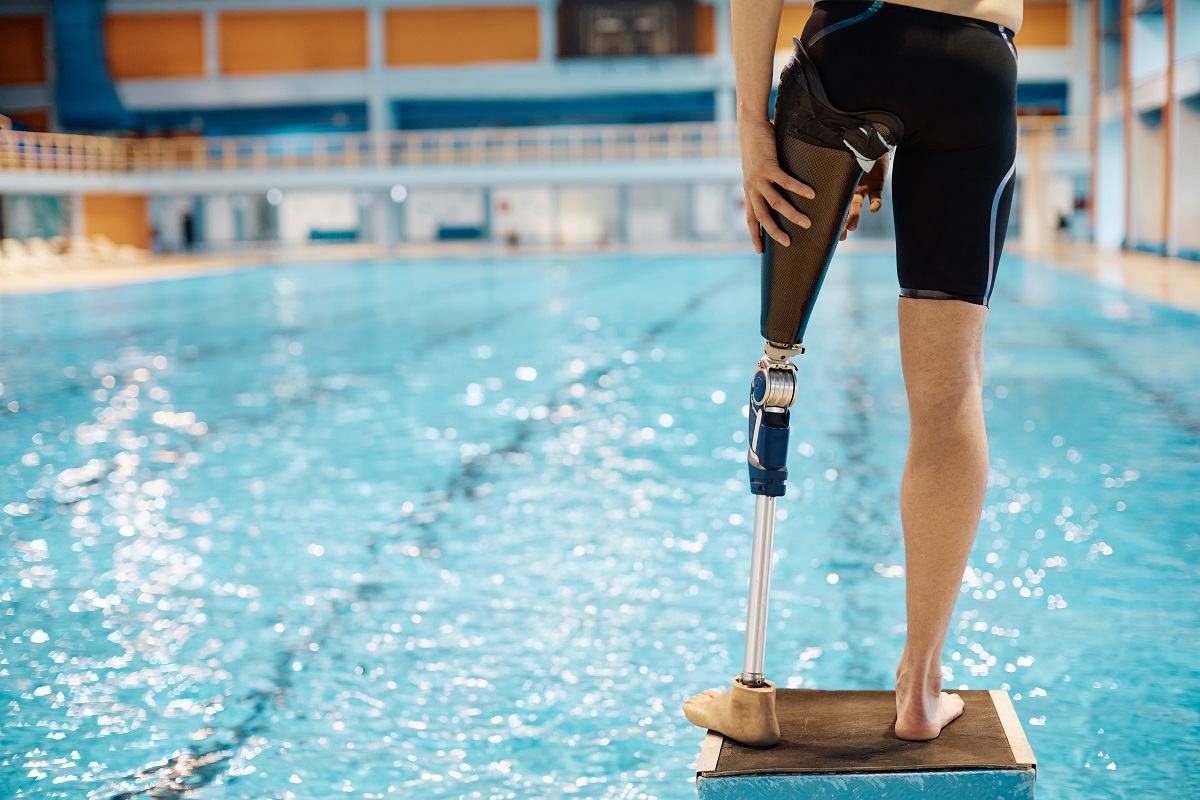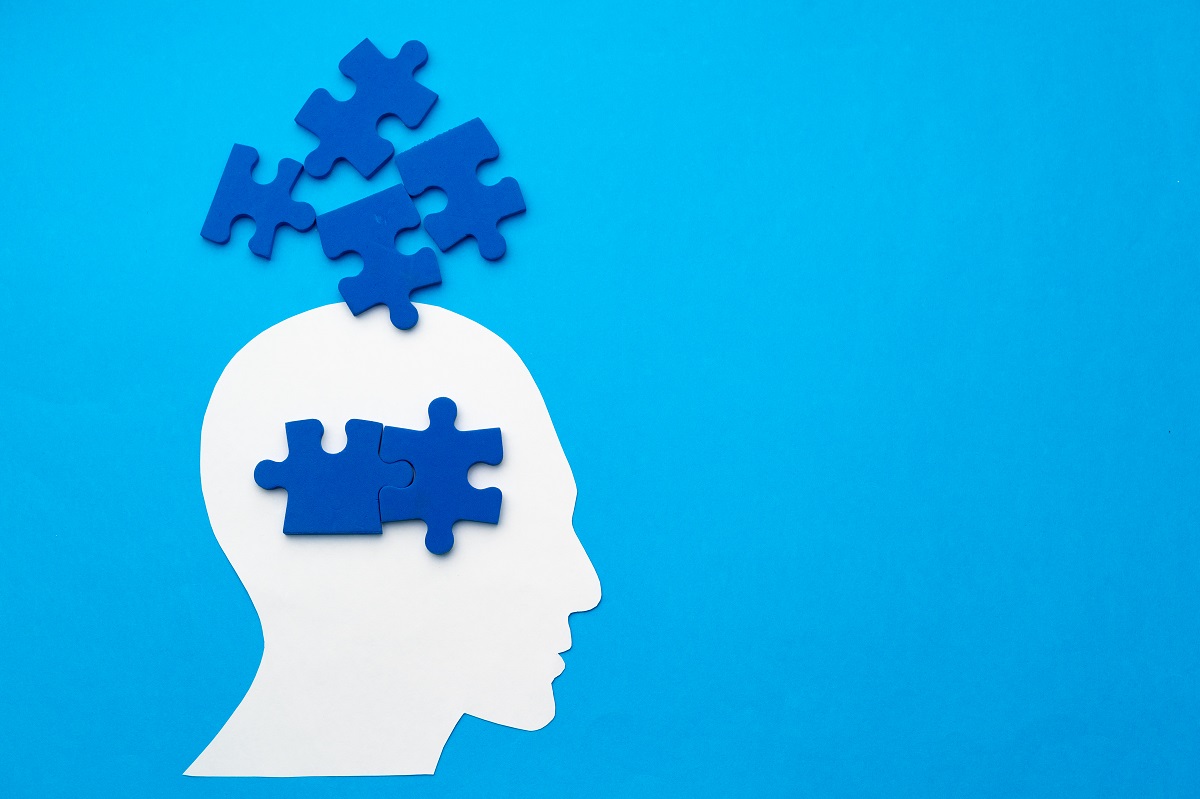Swimming with disabilities is both a sport and recreational activity that many people take pleasure in, but it can present distinctive challenges. This comprehensive resource will investigate the realm of adaptive swimming, exploring the obstacles, opportunities and customized methods that ensure swimming is accessible to all, no matter the disability.
Introduction to swimming with disabilities
Swimming has long been celebrated for its health benefits and ability to foster social interaction. However, for those with disabilities, entering the world of swimming can be daunting. This article aims to provide insights and resources for overcoming those barriers and empowering individuals to embrace swimming as a rewarding pursuit.
Physical disabilities: Challenges and opportunities in swimming
Physical disabilities encompass a broad range of conditions that can limit one’s ability to partake in everyday activities, such as swimming. The challenges faced by those with physical disabilities can vary significantly depending on the nature and severity of their condition. However, in the realm of swimming, common obstacles often include mobility restrictions and lack of accessible facilities.

Despite these challenges, there is a growing awareness and emphasis on creating opportunities for everyone, regardless of physical ability, to enjoy the therapeutic and recreational benefits of swimming. Various adaptive techniques and equipment have been developed to help overcome these barriers, opening doors to new possibilities.
Adaptive techniques and equipment
Water chairs
These are specialised chairs designed to allow a smooth transition from the changing area to the pool. They are equipped with water-friendly materials and wheels that can manoeuvre through different surfaces, enabling those with mobility restrictions to access the pool with ease.
Floating aids
Customised floating devices that provide support and stability are essential for many swimmers with physical disabilities. These aids are tailored to the individual’s specific needs, offering buoyancy and control.
Specialised training

Personalised coaching that focuses on individual capabilities and goals is vital for success. Trainers with expertise in adaptive techniques develop unique training programmes that accommodate each person’s physical condition, fostering an environment where progress and enjoyment are at the forefront.
Personal narratives
Sarah’s triumph
Sarah’s story is a heartening tale about a young woman with paraplegia who found empowerment and independence through swimming. With determination and the support of adaptive equipment and specialised coaching, she has been able to pursue her passion for swimming and transform her life.
Mark’s journey
Mark’s journey offers a compelling account of a veteran who used swimming as a means to physical recovery and emotional healing. Through diligent practice and a positive outlook, Mark has been able to overcome his physical limitations and rebuild his life.
Conclusion
The challenges faced by individuals with physical disabilities in swimming are substantial, but they are not insurmountable. With the advent of adaptive techniques and equipment, along with a societal push towards inclusivity, opportunities for engagement in swimming are expanding. These developments are not just creating pathways to physical well-being but are also providing a source of empowerment, independence and emotional healing. The stories of people like Sarah and Mark are a testament to what is possible and inspire us to continue working towards a world where swimming is accessible and enjoyable for all.
Sensory impairments: Challenges and opportunities in swimming
Sensory impairments encompass a broad spectrum of disabilities, including visual and hearing impairments, that can present distinct and often complex challenges. In the context of swimming, these challenges manifest in areas such as navigation and communication, hindering an individual’s ability to fully participate in the sport. Despite these obstacles, many have found that with proper training, support and innovative assistive technologies, swimming can become an enriching and fulfilling experience.
Challenges
Visual impairments
Swimmers with visual impairments often struggle with navigation in the pool, alignment and maintaining a straight course. The lack of visual cues can lead to disorientation, anxiety and potential collisions.
Hearing impairments

For those with hearing disabilities, the communication barrier is significant. Instructions from coaches, starting signals and communication with other swimmers become significant hurdles to overcome.
Opportunities: Adaptive techniques and equipment
Adaptive techniques and specialized equipment have been developed to support swimmers with sensory impairments, allowing them to experience the joy of swimming.
Tactile lane lines
For swimmers with visual impairments, tactile lane lines are designed to guide navigation. These lines have unique textures that swimmers can feel, enabling them to maintain their course and swim safely.
Waterproof hearing aids
These devices provide those with hearing impairments the ability to receive instructions and communicate in the water. The waterproof technology ensures that swimmers can maintain connection and understanding, enhancing their overall experience.
Personal narratives: Inspiration and connection
The stories of individuals who have overcome their sensory impairments to excel in swimming are a testament to human resilience and the power of community.
James’s insight
James, a blind swimmer, has overcome tremendous odds to compete at a national level. His inspiring journey includes years of rigorous training, adaptation and learning to trust in his other senses to guide him through the water.
Emily’s connection
Emily’s story offers a unique perspective on how a deaf swimmer found community and joy through swimming. Through her connections with fellow swimmers, supportive coaches and the application of adaptive technology, she turned what might have been an isolating experience into a celebration of achievement and camaraderie.
Conclusion
Sensory impairments certainly present challenges in the realm of swimming, but these are not insurmountable. Through innovative techniques, assistive technologies, personal determination and community support, swimming can be transformed from a daunting endeavor into an empowering and joyous experience. The stories of individuals like James and Emily serve as an inspiration to all, demonstrating that with the right approach, anything is possible.
Cognitive impairments: Challenges and opportunities in swimming

Cognitive impairments can vary widely and include challenges related to memory, attention, problem-solving and understanding instructions. Individuals with cognitive impairments may face unique obstacles, particularly when participating in activities like swimming. This piece explores the difficulties they may encounter and the opportunities that exist to create an inclusive and supportive environment for swimming.
Challenges
- Understanding instructions: Individuals with cognitive impairments often find it challenging to grasp complex or multi-step instructions, making it difficult for them to participate in traditional swimming lessons.
- Maintaining focus: Keeping attention on a specific task can be hard, leading to potential safety risks in the water.
- Social interaction: Navigating social situations in a group setting, such as a swimming class, can be overwhelming and anxiety-inducing for some.
- Physical coordination: Some cognitive impairments may also affect physical coordination, requiring additional support and understanding in the swimming environment.
Opportunities
Adaptive Techniques and Equipment
- Simplified instructions: Breaking down instructions into smaller, manageable parts helps in understanding and retention. Visual aids like pictures or demonstrations can enhance comprehension.
- Supportive staff: Trained personnel who are familiar with cognitive disabilities can create an inclusive environment. Regular training and continued education can keep the staff up to date on best practices.
- Specialized equipment: Using adaptive equipment, such as flotation devices designed to provide additional support, can make swimming accessible and enjoyable.
- Individualised plans: Creating personalized learning plans can help cater to each individual’s unique needs and abilities, promoting a more positive experience.
Personal narratives and case studies
- John’s growth: A touching story of a child with autism who found confidence and joy in swimming. John’s parents and instructors worked closely together, incorporating visual aids and encouraging a supportive peer environment, leading to significant personal growth.
- Community programs: Various programs and organizations are actively working to make swimming accessible to those with cognitive impairments. Collaboration between communities, schools and professionals can lead to more inclusive spaces.
- Technological advances: The development of new tools and technologies can further assist in making swimming a possibility for individuals with cognitive impairments. Virtual reality, specialized apps and other technological solutions can create more adaptable and responsive learning environments.
Conclusion
The challenges faced by individuals with cognitive impairments in swimming are multifaceted but not insurmountable. Through empathy, creativity, collaboration and the appropriate use of techniques and tools, swimming can become an empowering and joyful experience. This journey reflects not just the triumph of overcoming physical obstacles but also the human spirit’s resilience and desire to grow.
By understanding the needs of those with cognitive impairments and implementing tailored approaches, the world of swimming can be made accessible to all, ensuring that no one is left behind.
Facilities and accessibility
Accessibility is a foundational aspect of ensuring that the joy and benefits of swimming are available to everyone, regardless of physical ability. This goes beyond mere compliance with legal standards. It involves a thoughtful and compassionate approach to design and adaptation.
The provision of ramps allows those who use wheelchairs or other mobility devices to access the pool area. Lifts and specially designed pool entries can further facilitate entry into the water. Additional features such as tactile markers and visual aids may be employed to assist those with vision impairments. Well-trained staff who understand various disabilities and the unique needs of each swimmer can further enhance the overall experience. Truly, these adaptations form a comprehensive strategy that caters to various disabilities, promoting a spirit of inclusivity and openness within the aquatic community.
Inclusion efforts and policies
Inclusion goes beyond mere physical accessibility. Inclusive policies and vigorous community efforts are vital for promoting adaptive swimming in a manner that reaches the hearts and minds of all involved.
Programs and campaigns that support disability awareness in aquatic settings are essential. These efforts can include training sessions, workshops, public speaking events and more. Collaborative work with schools, local organizations and governments can foster a genuine inclusive environment where everyone feels welcome.
Providing scholarships and grants to make adaptive swimming more affordable, as well as partnering with organizations that specialize in adaptive sports, ensures that the inclusivity reaches everyone. The goal is not just to accommodate but to actively encourage participation from all members of the community.
Conclusion for swimming with disabilities
Swimming with disabilities is an extensive and multi-faceted subject. The challenges and barriers are real, but so are the opportunities and triumphs. Through understanding, adaptability and inclusiveness, swimming can become a rewarding and enriching experience for all, regardless of disability.
Personal narratives and expert insights underline the significance of adaptive swimming in fostering physical activity, social interaction and personal growth. By recognizing the unique needs and employing tailored approaches, we can ensure that the joys of swimming are accessible to everyone.
